Here are some tips that may be helpful for you to travel to Namibia by car:
- In Namibia, drive on the left, as in England. At first, you feel weird thinking you’re doing it wrong all the time, but you get used to it. You will also need an international driver’s license.
- Speed limits must be respected. Watch out for the police and radars, they are usually found at speed limit changes such as at the entrances of villages where speed is drastically reduced. We found them mostly on type B roads. If they ask you to stop, never forget to smile and be kind. It usually works.
- It is necessary to wear a seat belt at all times and constantly check the condition of our rental vehicle. We found a lot of people who had punctured the wheel, bring spare parts and make sure to adjust the wheel pressure according to the terrain where you are. Also check your car oil and coolant often.
- Look at the type of road you are driving on and thus adapt the driving mode to it.
- Be careful if you travel in the rainy season, as some areas are flooded or some roads are cut off. It is recommended to check the condition of these in advance.
- Watch out for animals that may cross the road. At night, many animals increase their activity, so our car rental company advised us to avoid traveling at night on roads in the middle of nature.
- Make sure you always go with a full tank of petrol or diesel on type C and D roads. We found a lot of gas stations, they are usually easy to find and the workers are usually very friendly. There you can also take the opportunity to inflate wheels, clean the car and fill tank. To learn more about our gas station experience, click here .
- Namibia is a great country to travel by car. The main rental agencies can be found in the capital: Windhoek. There, it is a good place to prepare your trip. The best accommodation in terms of value for money, for the attention of its owners (Dio and Xenia), for its location in a quiet area, for the services it offers and for the atmosphere there is, without a doubt, Xenia Bed & Breakfast. If you would like to book a room (they also have camping space), please contact Dio via Whatsapp directly at +244 941 901 100.
- It is important that you purchase a map of the country, along with GPS-enabled maps, as in many places there is no cell phone coverage. We worked very well with the MAPS.ME application. You can download the map by area or by country. At Etosha, we bought a specific one for the park that also had pictures of the animals you could find.
- To get to Namibia with your own vehicle, you have to pay at the border crossing a Road Tax of 337 Rands (about 19 euros) that allows you to travel on the roads of the country. You will have to make the payment at the border crossing point, and save the receipt in case the police ask you to. You can pay in cash or by credit card.
- As for the Carnet de Passage (CoP), Namibia is part of the South African Community (SADC). So if you come from South Africa, you don’t have to have your carnet stamped because it’s like the same country. SADC is made up of Botswana, Lesotho, Namibia, South Africa and Eswatini. We, because we had the Botswana stamp, did not stamp the carnet in either South Africa or Eswatini or Namibia. If you come from the north (Angola), in the border they can stamp the carnet if you want to use it. We were also not asked for any vehicle insurance.
- When planning your route, don’t measure the stretches you want to do in kilometers, but the time they tell you it will take.
- If you want to visit the northwestern part of Namibia, we advise you to plan the route and bring an extra jerry can of petrol, apart from enough food and water for the days you want to be there. This is a very beautiful region, but at the same time remote, so it is important to be well prepared. If you want to know more about our experience in this part of Kaokoland, you can click here.
- Take some time to make sure which car rental company you want to take. You need to consider what kind of trip you want to make and what your budget is. We chose a 4×4 car with a tent upstairs to also enjoy lower budgets offered by Namibian campsites. If you want to know more, click here.

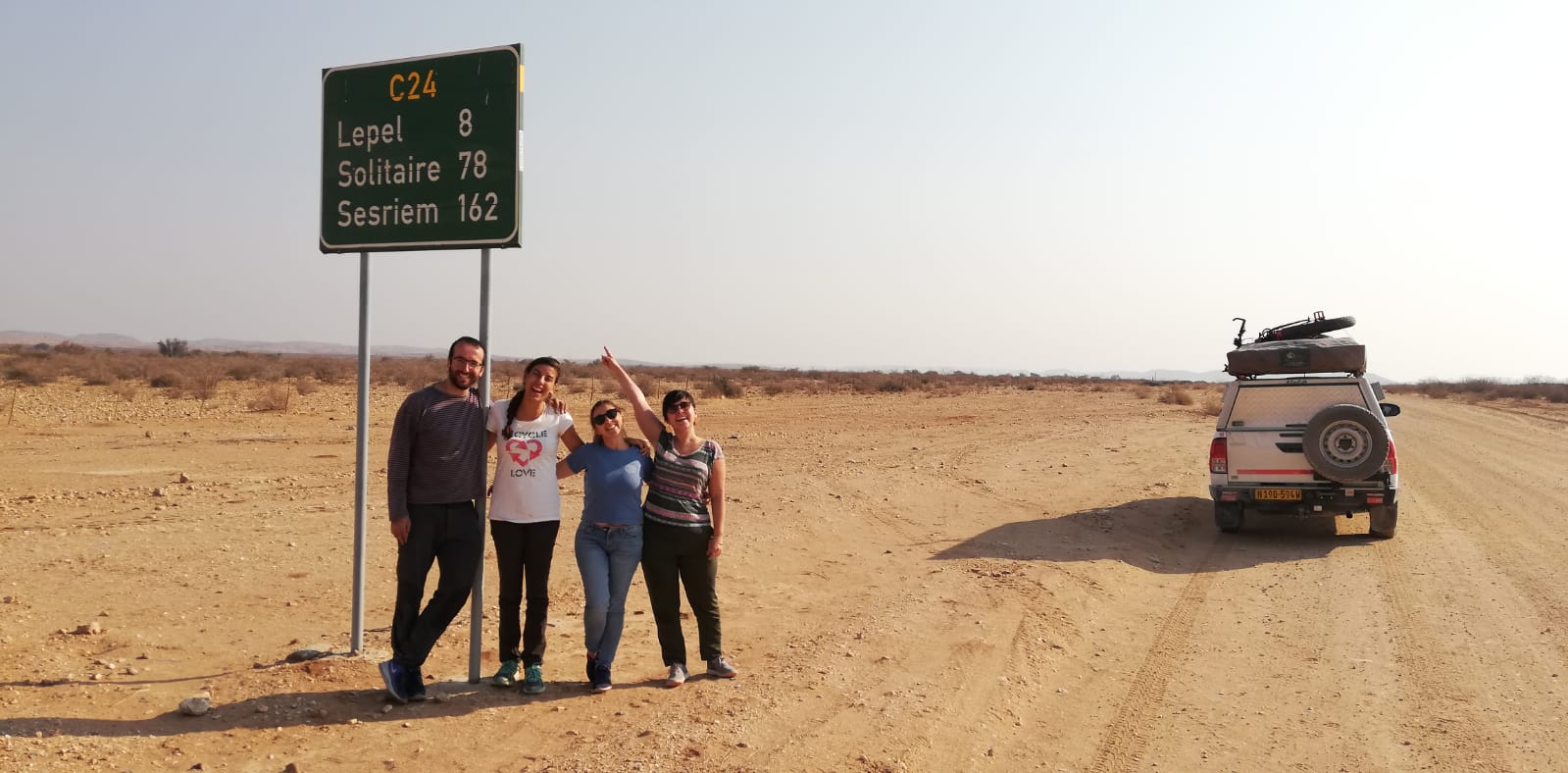






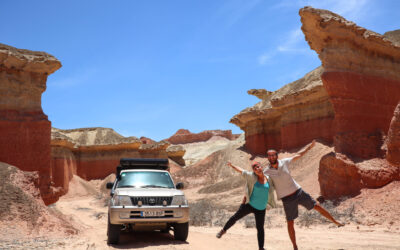


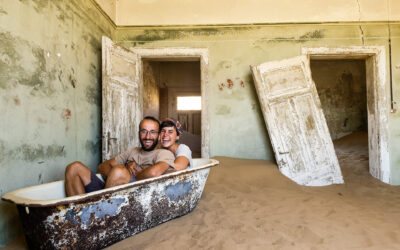

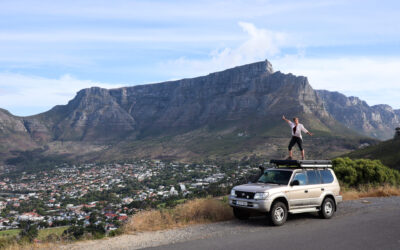

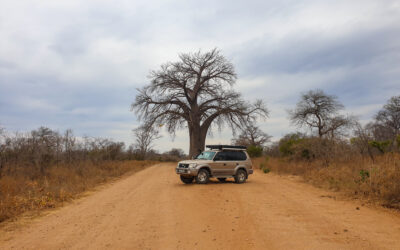

0 Comments